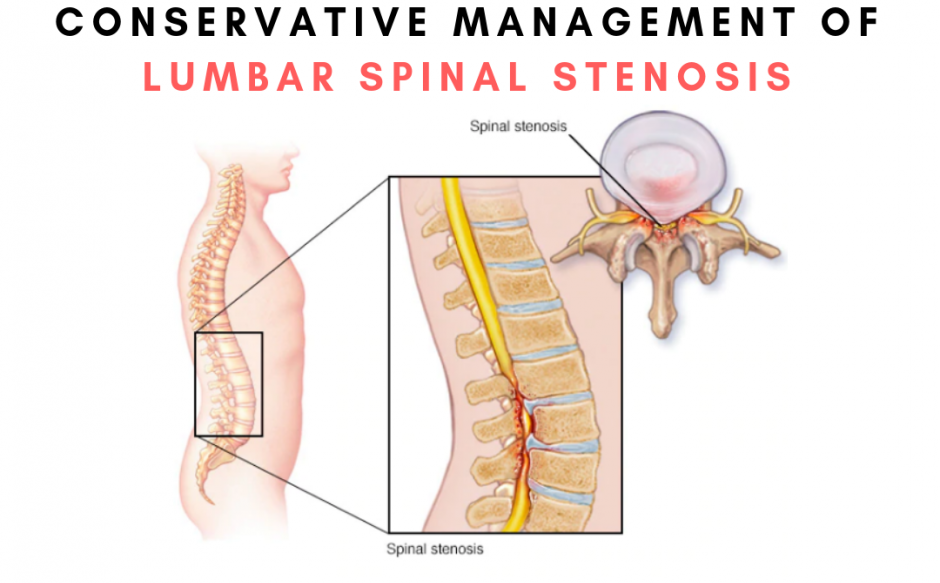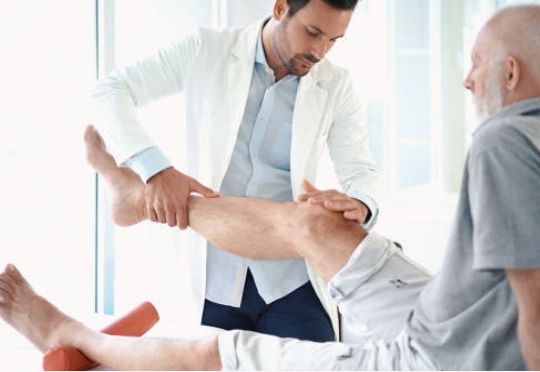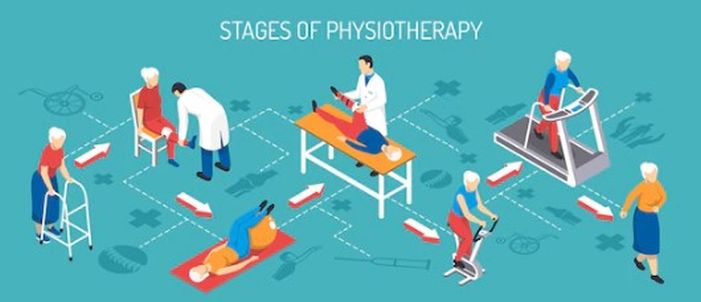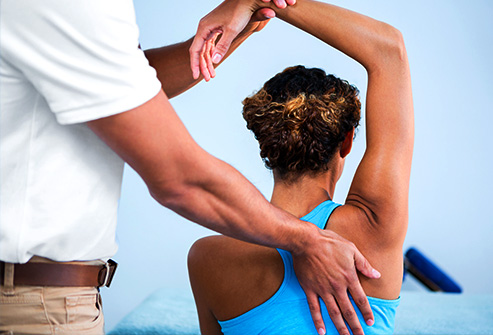What is it
Low back pain is pain located in the lower or lower part of the back, whose origin has to do with the musculoskeletal structure of the spine.
According to the best physiotherapist in Delhi, it is a local pain accompanied by referred or irradiated pain that does not occur as a result of fractures, spondylitis, trauma or neoplastic, neurological, infectious, vascular, endocrine, metabolic, gynecological or psychosomatic causes.
This pathology affects both young people, adults and seniors and appears both in sedentary jobs, and in those that involve great physical effort.
Approximately 80 percent of the population has had or will have some low back pain during their life and up to 70 percent of the young people before their 16th birthday have experienced this back pain.
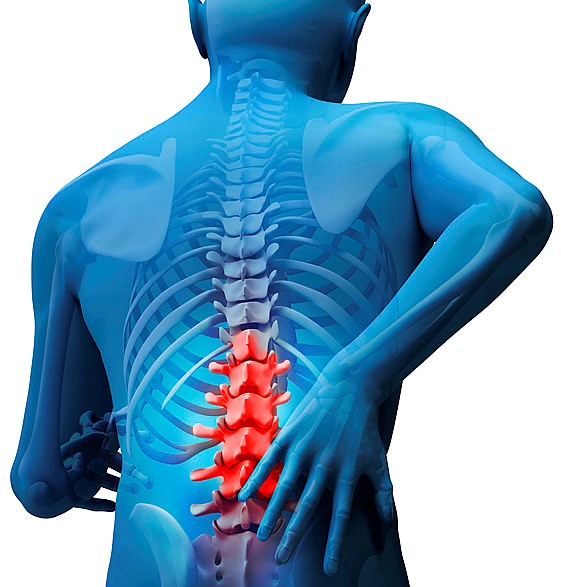
Causes
Formerly it was believed that the pain appeared because there was some alteration of the structure of the spine, such as scoliosis or herniated disc. However, physiotherapy doctor in Dwarka says that this is a mistake.
The pain of low back pain appears due to a neurological mechanism that involves the activation of the nerves that transmit pain and the triggering of muscle contracture and inflammation. Sometimes, it can also involve compression of the nerve root.
This mechanism can be triggered by an alteration in the structure of the spine, such as a herniated disc or significant degeneration of the intervertebral joint, but in most cases the initial cause that triggers it cannot be ascertained, and It is attributed to pain due to contracture or muscle overload, says physiotherapist in Dwarka.
Symptom
The most common manifestations of low back pain explained by top physiotherapist in Dwarka are local or irradiated pain, inflammation and the presence of muscle contractures.
On the other hand, depending on the degree of radicular involvement and compression, alterations in sensitivity can occur (anesthesia, hypoanesthesia, hyperesthesia, tingling, etc.) and movement disorders (paresis, paralysis, among others).
Prevention
“To avoid back pain is advisable to exercise or, in any case, stay physically active, avoid sedentary lifestyle, adopt a brave mental attitude to pain and meet the standards of postural hygiene designed to perform daily activities so that the back support the least possible load, “explains best physiotherapy doctor in Dwarka.
Physiotherapist in Dwarka points out that, in general, they can increase somewhat the risk of suffering from back pain those that subject the body to vibrations, those that require flexion-extension or torsion movements and those that force to maintain flexion or hyperextension postures. However, performing physical exercises that develop a balanced musculature can alleviate the adverse effects.
Types
At present there is no specific classification of low back pain. However, many specialists distinguish two categories:
- Specific back pain: This type includes the diagnosis of low back pain with a known cause, approximately 20 percent of cases.
- Nonspecific low back pain: It is the remaining 80 percent and includes all cases in which the specific cause of the pain is not known.
Diagnosis
The most important sources of information to know the causes of back pain are the patient’s medical history and physical examination.
The rest of the tests (radiological, analytical or functional) only have value if the results correspond to those of the physical examination. Since some are painful and others involve certain risks, home physiotherapist in Dwarka recommends resorting to them only when the results of the interrogation or physical examination determine their convenience.
Treatments
Physiotherapy clinic in Dwarka recommends:
General measures
Avoid resting in bed, if possible
The patient should avoid resting in bed as a treatment for back pain. If the pain forces to keep it, it should be as short as possible. Studies show that this measure delays recovery.
Stay as active as possible
Physiotherapist in Janakpuri points out that the patient should maintain as much activity as possible and try to normalize it as soon as possible.
Postural hygiene: Avoid overloading the back
During the painful episode, the patient should try to keep the rhythm of activity within normal but, always avoiding overloading the back.
To achieve this it is convenient to know and apply postural hygiene rules, which describe how to adopt postures and perform movements or efforts so that the back supports the least possible load and the muscles reduce their work. This allows that, if at any given moment the patient has to make an effort, he knows how to do it reducing the risk of overcoming his possibilities.
“Whatever the reason, studies agree that education focused on active management (avoiding rest and maintaining the highest level of activity that pain allows) and exercise (interrupting only in the most acute phase of pain and restarting progressively as soon as possible) have an effect of a clinically relevant magnitude and much greater than postural hygiene. In fact, it is impossible to constantly comply with the rules of postural hygiene, but when the musculature is trained and well developed, it does exercise its protective function automatically and constantly, ” physiotherapy doctor in Dwarka adds.
When transmitting knowledge of postural hygiene it is important to insist that these norms are only theoretical coadjuvants in the context of active management and exercise and never the essence of a treatment or prevention program. In addition, the rules of postural hygiene have to be clear, understandable and applicable, so that the method of transmission of knowledge is as important as its content.
Apply heat or cold
If relieved, the patient can apply heat or cold in the painful area, although no scientific studies have been done to evaluate its effect. In general, the cold is applied immediately after the injury and the heat in the exacerbation of chronic ailments.
Pharmacotherapy
It is applied in three phases:
- Phase 1 : In the beginning, and especially if the pain is not very intense and only affects the back -and there is no pain radiating to the arm or leg-, analgesics are recommended .
- Phase 2 : If analgesics are not effective, their replacement by nonsteroidal anti-inflammatory drugs should be considered. In general, its use is not recommended more than 14 days in a row.
- Phase 3 : If it is not enough to control pain, the specialist should consider adding a short course of muscle relaxant, for less than 1 week.
Neuroreflexotherapy intervention (NRT)
If the back pain, with or without irradiated pain, persists after 14 days of pharmacological treatment, it is indicated to perform an NRT intervention.
It is also advised as an option in those cases in which pharmacological treatment is contraindicated, such as pregnant women.
If the first intervention NRT achieves the total disappearance of the symptomatology and the normalization of the physical examination, it is not necessary to repeat it unless in the future new painful episodes reappear. In the event that a partial or transitory improvement is achieved, it can be repeated until a complete and definitive one is obtained. If it does not get any effect, it does not make sense to intervene again.
Exercises
In patients who have not returned to their usual activities after 6 weeks, an attempt should be made to begin an exercise regimen & physiotherapy in Dwarka.
Initially they can try soft and generic activities, such as walking or swimming, to avoid weakening the musculature. Later, specific exercises for the back can be started.
Once the painful episode has passed, exercise and postural hygiene reduce the risk of a crisis appearing or reproducing.
Surgery
In patients in whom there are specific selection criteria, in specific cases of disc herniation, spinal stenosis or spondylolisthesis or progressive scoliosis in children or adolescents, orthopaedic surgeon in Delhi can assess the performance of a surgery.
Rhizolysis can be considered in a small subgroup of chronic patients if they are selected very rigorously with specific criteria.


